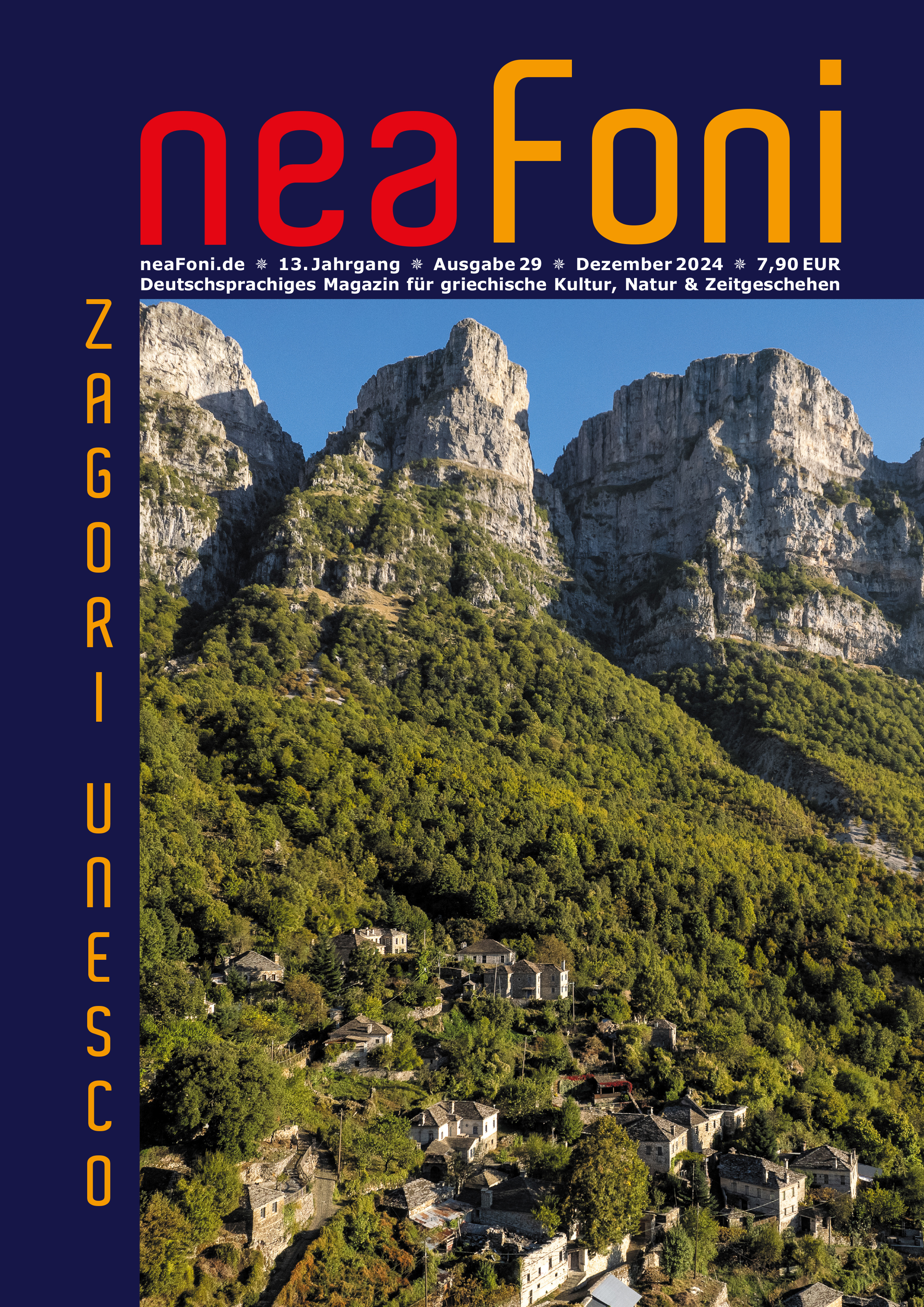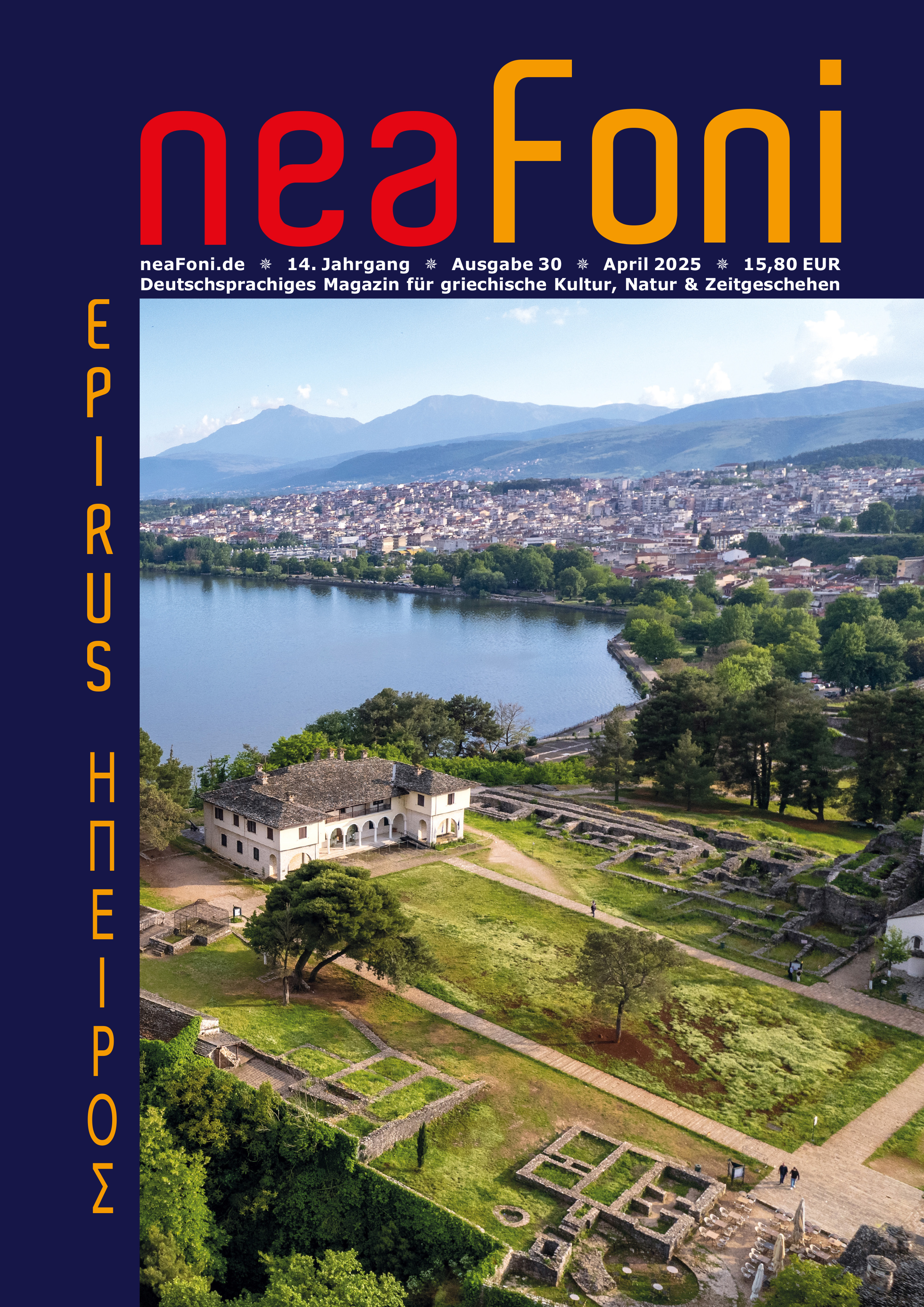08 August / Chronik
392 Wörter 1 Minute 3.478 × gelesen
Altgriechische Orakelstätten
1.603 Wörter 6 Minuten 2.289 × gelesen
Archäologische Museen
3.996 Wörter 14 Minuten 17.789 × gelesen
104 Wörter 1 Minute 454 × gelesen
Ausgrabungen
264 Wörter 1 Minute 2.665 × gelesen
766 Wörter 3 Minuten 12.797 × gelesen
1.833 Wörter 7 Minuten 15.905 × gelesen
734 Wörter 3 Minuten 388 × gelesen
224 Wörter 1 Minute 1.087 × gelesen
Ausstellungen
1.079 Wörter 4 Minuten 411 × gelesen
Meisterwerke der Antike
3.240 Wörter 12 Minuten 2.830 × gelesen
3.610 Wörter 13 Minuten 795 × gelesen
15.172 Wörter 54 Minuten 2.611 × gelesen
13 Artikel gefunden in 6 Artikelgruppen
204 Bilder gefunden




